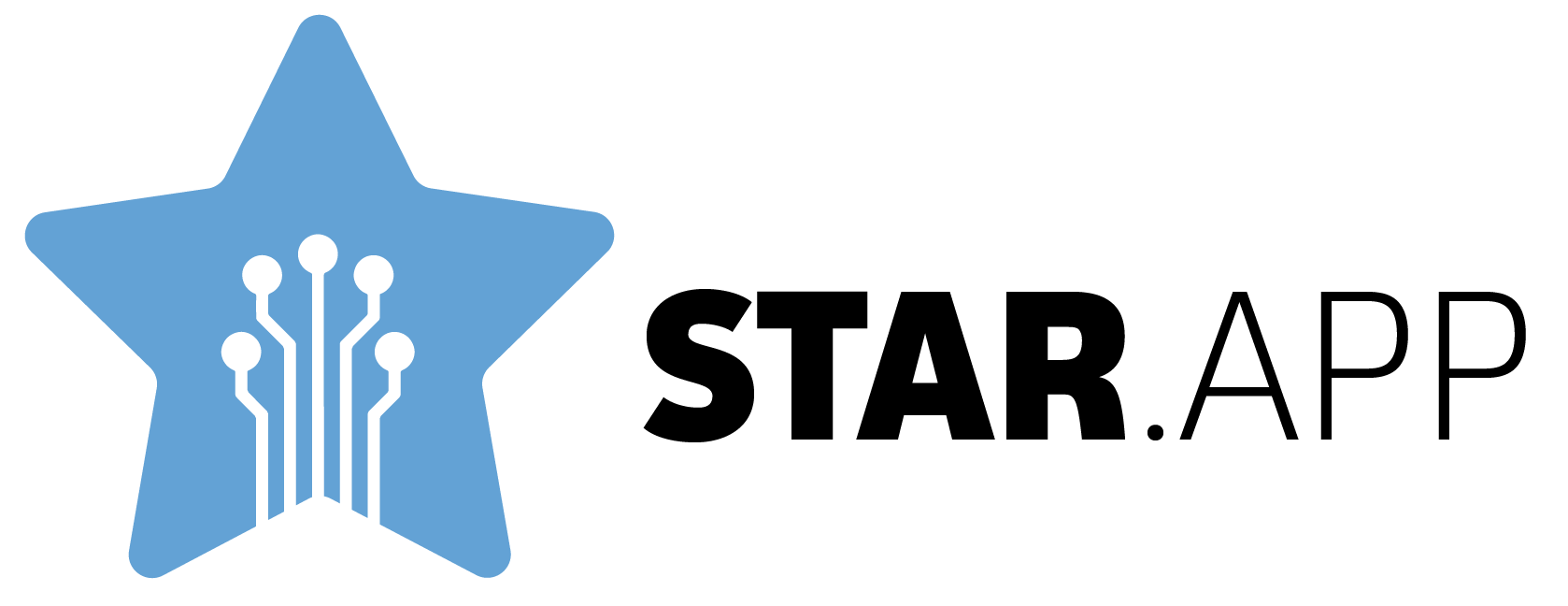Tutoring is an essential aspect of the modern and inclusive pedagogical process, improving both academic and non-academic aspects of students’ lives. The tutoring process is intensively laborious, demanding either dedicated staff or extra workload to either teaching staff or other students. Therefore, tutoring is mostly implemented half-heartedly or not at all.
As has been the standard in the last decades, information technology (IT) is included in various processes to help with, optimize or even automate the demanding processes. The nature of tutoring work is mostly contrived of unstructured and personalized conversations. This type of work is demanding for the tutors and is almost impossible to supplement with traditional IT. But, this unstructured work is a perfect match for artificial intelligence, or more specifically, machine learning. These algorithms learn the patterns from the data by trying to make sense of how the human does its work.
Are we trying to find out patterns of early dropouts of the student? Machine learning can find them even if they are complex, out of reach of human reasoning. Do we want to serve students the lecture literature in such a form that is the best fit for their learning style? Machine learning can find out about these learning styles and even customize the lectures to some degree. Are we hoping to automize the understanding and answering the students’ questions with machine learning? It works, it’s far from perfect, but it is definitely better than overworked tutors, replying with often too late answers.
How does the machine know how to find the patterns in numbers, words, and pictures? Well, it’s all about the complex math behind it. In short – it looks at what the human experts did and tries to imitate them or do even better than them. As we humans gather knowledge on how to do various things, the machine learning algorithm similarly builds its knowledge model. When the reasoning behind human knowledge is sometimes hard to explain, the machine represents its knowledge models in the forms of mathematical formulas, decision trees, and artificial neural networks.
No, we should not replace the tutors with machine learning algorithms – these algorithms are not yet fit to replace us. But we should definitely use them to make tutor’s work easier and higher in quality. Let machines do the work they are the best at – long repetitive and laborious tasks; and let humans do what they know best – humanizing and sensitive approach in helping students to achieve their greatest potential.
Sentences
- The nature of tutoring work is mostly contrived of unstructured and personalized conversations. This unstructured work is a perfect match for artificial intelligence, or more specifically, machine learning.
- Machine learning looks at what human experts did and tries to imitate them or do even better than them.
- Let machines do the work they are the best at – long repetitive and laborious tasks; and let humans do what they know best – humanizing and sensitive approach in helping students to achieve their greatest potential.
- Are we hoping to automize the understanding and answering the students’ questions with machine learning? It works, it’s far from perfect, but it is definitely better than overworked tutors, replying with often too late answers.
- No, we should not replace the tutors with machine learning algorithms – these algorithms are not yet fit to replace us. But we should definitely use them to make tutor’s work easier and higher in quality.
